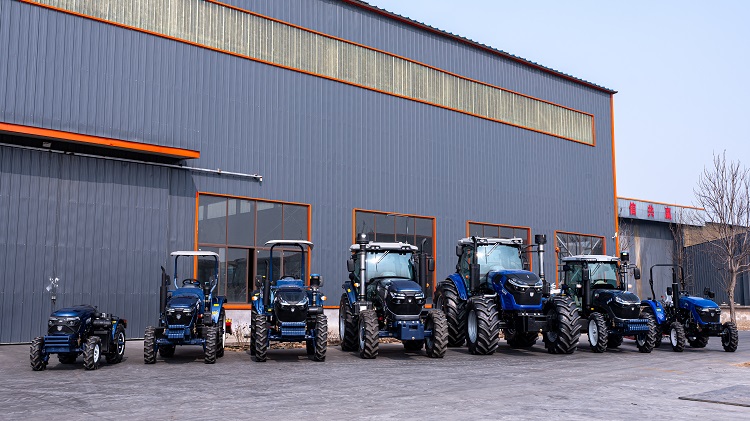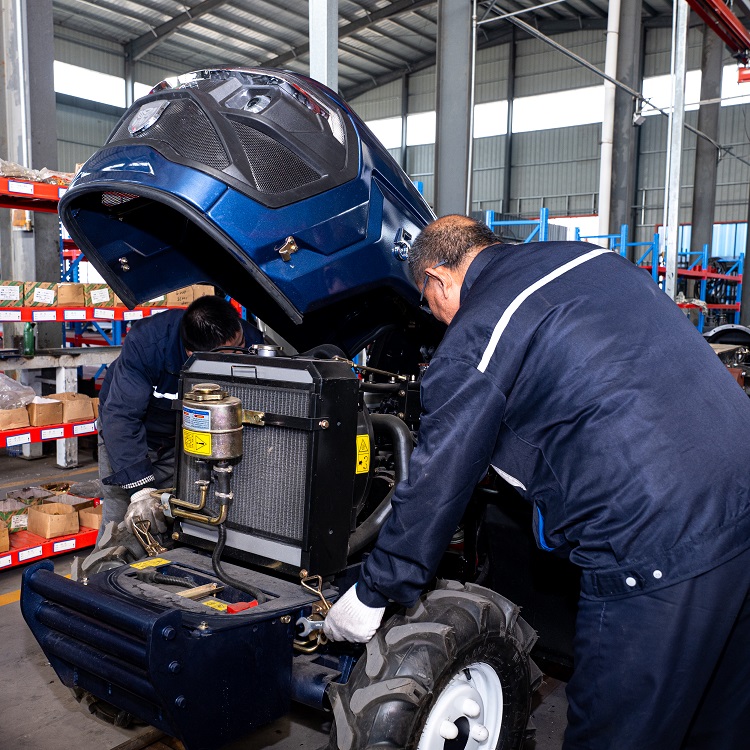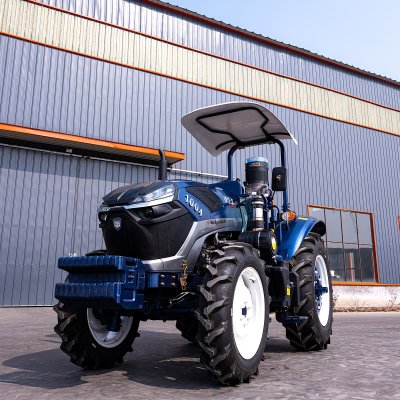The agricultural machinery industry needs to create unique competitive advantages.
In the current market environment, the saying "winning means not losing after a long battle" poses huge challenges for the agricultural machinery industry. Issues such as an oversupply of production capacity, the conflict and overlap of low-quality and low-efficiency manufacturing resources, and price competition in a cutthroat manner have become a shadow hanging over the industry. In particular, the structural contradiction of an oversupply of mid- and low-end products and a shortage of high-end supplies severely restricts the healthy development of the industry.

Although leading enterprises and powerful enterprises have continuously achieved their own quality and brand development goals, there is still a certain room for improvement in the overall development of the industry. From the perspective of research and development, there is a significant gap between China's agricultural machinery enterprises and major foreign agricultural machinery enterprises. Domestic enterprises have insufficient investment in research and development funds, with the proportion of research and development expenses being less than 2%, while foreign counterparts generally account for 4% - 6%. Such an investment gap directly leads to domestic enterprises' research and development mainly focusing on the continuous improvement and modification of products, and there are serious deficiencies in key common technologies, leading-edge technologies, modern engineering technologies, and disruptive technological innovations. Moreover, the lag of modern design methods and experimental conditions makes the product development cycle 2-3 times longer than the international average level. Core technologies such as the high common rail system of diesel engines, wet clutches, and transmission controllers on which high-end tractor products rely have not been completely conquered so far, severely restricting the pace of China's agricultural machinery products moving towards high-end. Weak manufacturing capacity is also a major pain point in the agricultural machinery industry. In the global value chain, most of China's tractor enterprises are in the mid- and low-end links mainly focused on processing and assembly, and there are many overlapping and repetitive mid- and low-end manufacturing resources. In terms of resource investment, except for leading enterprises, it is generally difficult for middle and tail enterprises to afford the huge funds required for the manufacturing of high-end products. In terms of actual production capacity, there are 220 large and medium-sized tractor manufacturing enterprises in the industry. The top 20 enterprises basically meet the domestic market demand, but as a whole, they are large but not strong, numerous but not refined, comprehensive but not excellent, and weak, chaotic, scattered, and small. The supply capacity of mid- and low-end products is seriously excessive, while the manufacturing capacity of high-end products is seriously lacking. The sales volume of tractors with mechanical shifting accounts for more than 95%, while the sales volume of high-end intelligent tractors such as tractors with power shifting, continuously variable transmission, and new energy accounts for less than 5%. From the perspective of manufacturing equipment resources, except for a few leading enterprises, the numerical control rate of metal cutting equipment of most enterprises is less than 30%, and the digital level of process equipment is low. Automated, informatized, intelligent, and digital manufacturing technologies are only applied locally, lacking systematic operation. In addition, the intensification of international conflicts and major power games has exposed domestic enterprises to the risk of supply chain disruption for key components such as large-horsepower environmentally friendly and energy-saving engines and electro-hydraulic control systems, because these components still need to be purchased from abroad.

The product quality level and service guarantee capabilities also urgently need to be improved. The failure rate of some high-end tractors in China is relatively high, and it is difficult for enterprises to come up with effective rectification measures in the short term. In terms of services, there are many issues in after-sales service, such as the lack of timeliness and low satisfaction in business consultation, skill training, spare parts reserve, resource allocation, and service evaluation. To achieve future development, agricultural machinery enterprises should accelerate the cultivation of new quality productive forces, build a new volume marketing chain, increase investment in research and development, and consolidate the manufacturing foundation. They should enhance their research and development capabilities, management capabilities, and marketing capabilities, achieve a high degree of synergy between resources and capabilities, and move towards higher and better development goals.



